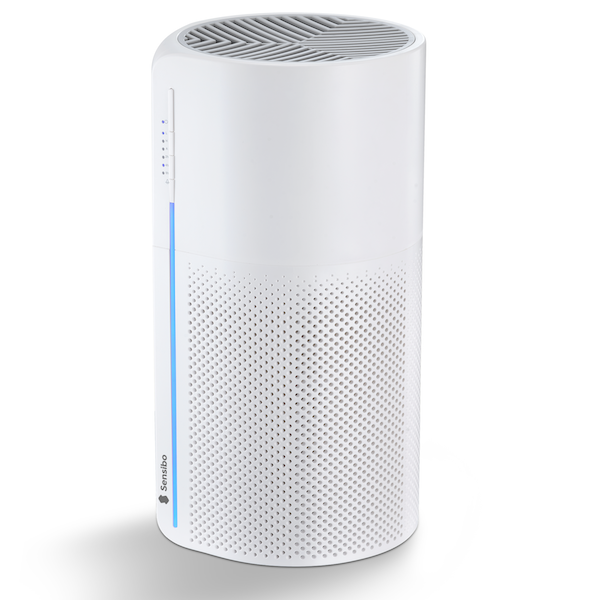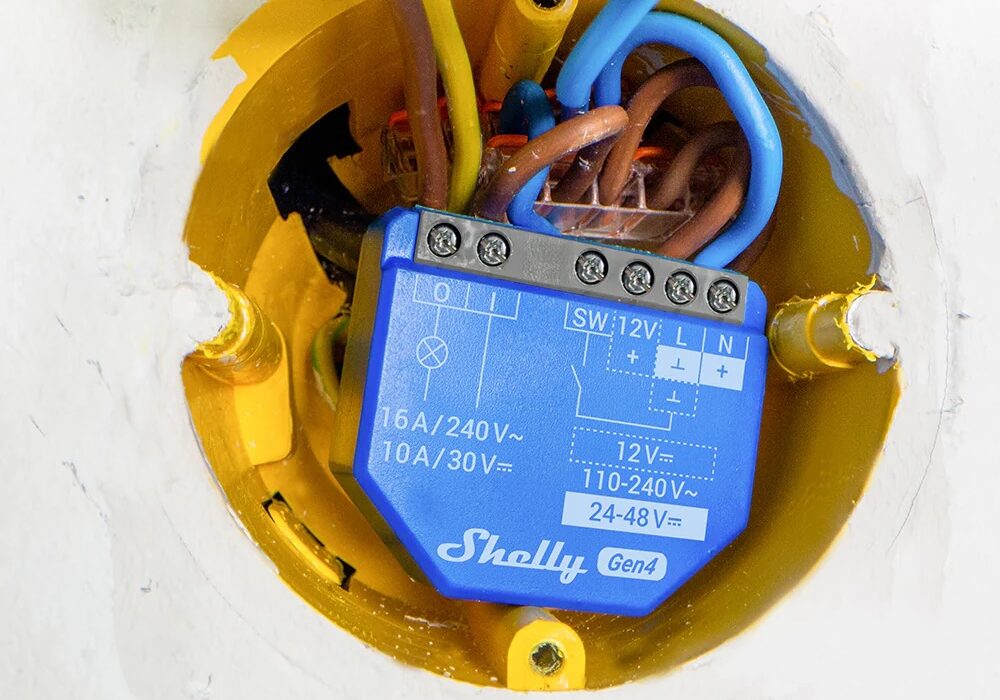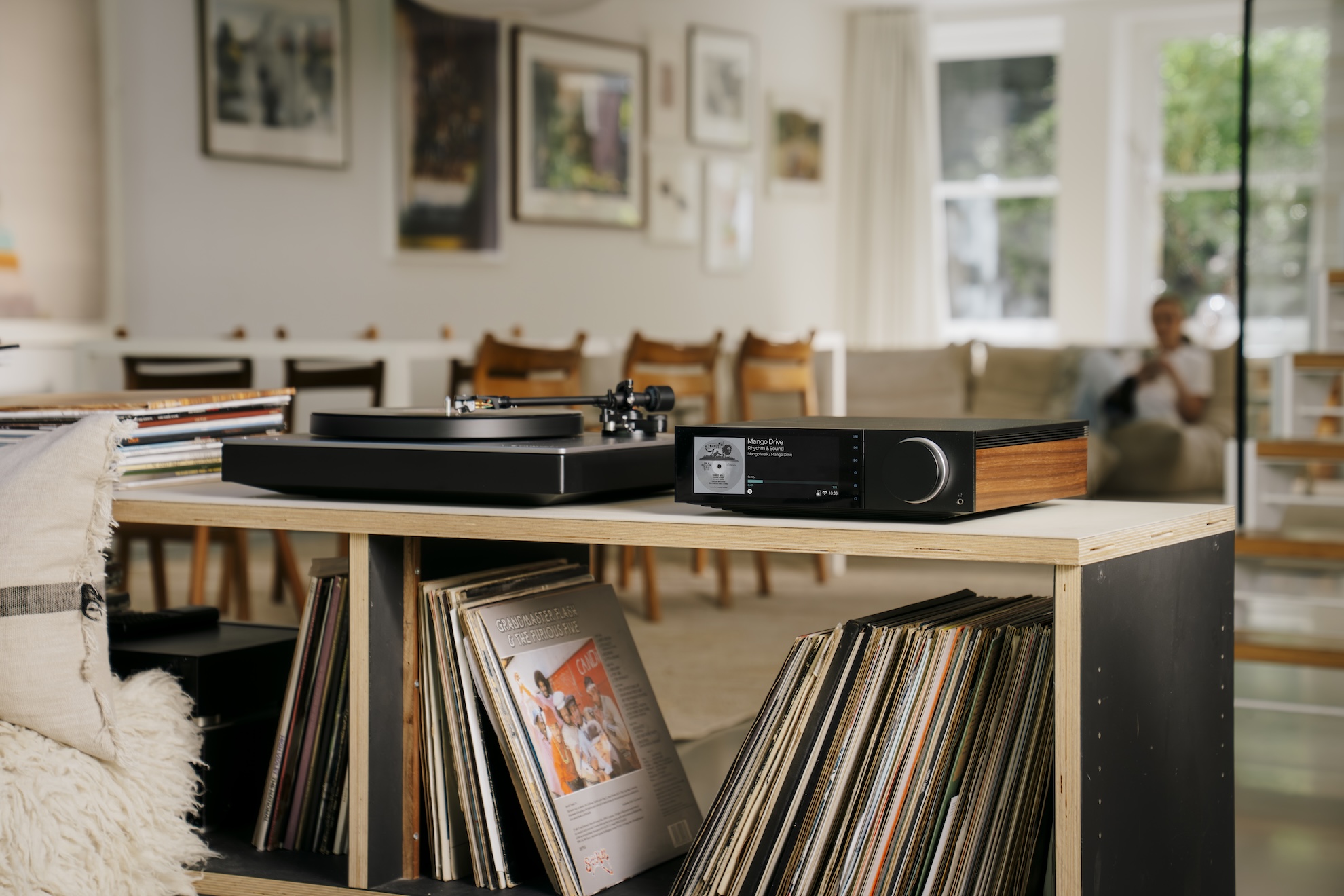With the Sensibo Pure air purifier, Sensibo has expanded its product offerings for managing the indoor environment of buildings. What sets the Sensibo Pure apart from competing products is the ability to integrate it into smart home platforms.
I wanted to see how well Sensibo Pure performed in the home environment, and here is what I found out.
More from the Author: Evaluating Graber Smart Window Treatments with Z-Wave Motor Technology
In Time for Fire Season and Rising Temps
With rising temperatures and drought conditions facing many parts of the United States, it is predicted to be a very bad season for wildfires and the resulting poor air quality from their smoke.
I won’t argue whether climate change is a result of humans; or not. The fact is that temperatures are rising and, according to the U.S. Geological Survey (USGS), “researchers have found strong correlations between warm summer temperatures and large fire years, so there is general consensus that fire occurrence will increase with climate change.”
According to the U.S. Environmental Protection Agency (EPA), “During a wildfire, smoke can make the outdoor air unhealthy to breathe. Local officials may advise you to stay indoors during a smoke event. You should be aware that some of the smoke from outdoors can enter your home and make it unhealthy to breathe indoor air, too.”
Again, according to the EPA, “Smoke is made up of a complex mixture of gases and fine particles produced when wood and other organic materials burn. The biggest health threat from smoke is from fine particles. These microscopic particles can get into your eyes and respiratory system – whether you are outdoors or indoors, where they can cause health problems such as burning eyes, runny nose, and illnesses such as bronchitis. Fine particles also can aggravate chronic heart and lung diseases – and even are linked to premature deaths in people with these conditions.”
Based on the above, it is clear that people need to manage the indoor air quality (IAQ) in their homes.
Introducing Sensibo, the Company
Sensibo was founded in 2013 in Israel with its first product, called Sensibo Sky. That product turns an air conditioner or heat pump that can be operated with a remote control into a smart device. Examples of brands that can be controlled using the Sensibo Sky are Carrier, Frigidaire, Panasonic, Toshiba, Hitachi, Mitsubishi, LG, Haier, Samsung, and Daikin. While Sensibo Sky allows an air conditioner or heat pump to be controlled through the Sensibo app, more advanced features require a subscription.
Sensibo Air built upon the original Sky product by adding a remote temperature, humidity, and motion sensor, along with additional compatibility with more remote-controlled air conditioners and heat pumps.
Sensibo Pure is Designed for Multiple Rooms
While most air purifiers are only intended to clean the air in one room of a home, Sensibo Pure is designed like a Mesh Wi-Fi system; it consists of a series of nodes that work together to provide clean air throughout a home. Sensibo Pure can also work with Sensibo Sky and Sensibo Air to provide an overall environmental management solution for a home. For example, when the air quality in a home is poor, Sensibo Pure can communicate with Sensibo Sky and Air devices to turn on air conditioners, which will increase air circulation and, according to Sensibo, boost air purification by up to 70 percent.
Sensibo Pure is a relatively small device, measuring 7.68 inches x 7.68 inches x 15.28 inches high. Its modern design is pleasing to the eye and, especially given its small size, will fit into the décor of most homes.
Unfortunately, its small size also limits its coverage. In normal operating mode it can only clean the air in a 173 square foot room (approximately 13 x 13 feet). Larger rooms will require multiple Sensibo Pure units or for the device to be operated at a higher fan speed; which increases the noise it produces.
The filter is easy to replace, and users can expect it to last around six months. Cost is $120 for a two-pack of filters. Alternatively, you can save 50 percent by creating a subscription that will deliver a new filter every six months. While the Sensibo Pure can be purchased on Amazon, the replacement filters are only available directly from Sensibo.
Each filter includes 3 layers of filtration:
- Pre-Filter removes larger dust particles (PM10) and pollen.
- HEPA filter removes viruses, bacteria, and fine dust particles (PM2.5)
- Carbon filter removes volatile organic compounds (VOCs) such as formaldehyde, acetone, and fumes from cooking
The Sensibo Pure unit connects to a home’s 2.4GHz Wi-Fi network and can be controlled using the buttons on the unit itself, the Sensibo app, Google Assistant, and Amazon Alexa. It is also Apple HomeKit compatible, and there is a published API for additional third-party integrations.
Sensibo Pure Setup
Sensibo Pure comes neatly packaged in a simple, recyclable corrugated cardboard box. However, my local recycling center was not able to accept the padding included inside the box to protect the device from damage.
When unpacking the Sensibo Pure, the first thing of note is a sticker on the side of it that warns the user that they need to remove a plastic bag that covers the internal filter. Instructions on how to access the filter are included on the sticker.
The included user manual includes all the information needed to start using the Sensibo Pure.
- Getting started instructions including the requirements for an iOS or Android device and a 2.4GHz Wi-Fi network. Instructions are also included for installing the app and the explanation that the app will then guide the user through the process of setting up the device.
- A pictorial diagram of the Sensibo Pure with all its component parts and an explanation of how to operate the Sensibo Pure using the buttons on the device.
- An explanation of the different LED indicator light colors (Blue – Good Air Quality, Yellow – Moderate Air Quality, and Red – Unhealthy Air Quality)
- Instructions on how to change the filter
- Maintenance and troubleshooting information
Installing the Sensibo app was very simple. It requests permission to send notifications and to use your location. Then it guides the user through the process of setting up an account which just includes your name, email address, and a password.
With the account created, you can log into the app and add a device. After selecting Sensibo Pure from the list of devices manufactured by Sensibo, the wizard will ask you to make sure that the Sensibo Pure is plugged in and the Wi-Fi light is blinking.
Next you will need to scan the QR code on the bottom of the Sensibo Pure, select a location for the device, and connect it to your Wi-Fi network. Once the Sensibo Pure has connected to your network, it will search for and install any available firmware updates.
The next step is to set up “Pure Boost.” Pure Boost is technology that regulates the speed of the Sensibo Pure’s fan that circulates air through the filter. It will adjust the speed of the fan based on geolocation, inside air quality (as measured by the Sensibo Pure’s built-in particulate sensor), outside weather, and outside air quality. If you have a Sensibo Air or Sky, then you can also link the Sensibo Pure to these devices so an air conditioner can be used to increase circulation of air within the room where the Sensibo Pure is located.
In addition, geofencing can be used to inform the Sensibo Pure when you are home or not. The Sensibo Pure can then increase its fan speed when you are away so the air will be cleaner when you arrive home.
Finally, you have the option of specifying whether your sensitivity to dust is “Normal” or “Sensitive.” This determines the IAQ level that the Sensibo Pure will use to trigger boost mode.
At this point the Sensibo Pure is ready to be used.
Operation
The Sensibo app is easy to use and offers you detailed control of the Sensibo Pure. You are first presented with a screen that displays a list of your Sensibo devices. In the case of the Sensibo Pure, the display includes its current operating status and the air quality in the room where the device is located. Pressing on the device takes you to a screen in the app where you can control the Sensibo Pure including the power state, fan speed, boost, and light. In addition, you are presented with the air quality in the room the Sensibo Pure is located, an estimate of how long until the filter needs to be replaced, and the option to purchase a new one. The estimate of how long until the filter needs to be replaced is based on the fan speed, hours of operation, and measurements of air quality from the device’s internal PM25 sensor.
There are also options to setup operating schedules for the Sensibo Pure, view events, and change the settings. The events section includes a graphical view over time of both the indoor air quality and outdoor air quality. It also includes a scrolling list of events, including when the Sensibo Pure was turned on/off, creation or deleting of schedules, when boost was turned on, etc.
In reading Amazon reviews for Sensibo Sky and Air, some users where very unhappy that what they viewed as basic functionality for those devices required a subscription. With Sensibo Pure, the only functionality that I found that required a subscription was to view air quality data over a weekly or monthly period of time. A subscription wasn’t required to view any of that data for the current day.
Most people will not need their data stored on the Sensibo servers over a long period of time, so it is reasonable that this might be offered on a subscription basis. I found no situation where a basic feature needed by the majority of users of the device required a subscription.
The settings portion of the app allows you to:
- Change the boost settings (these were configured as part of the initial setup)
- Order filters
- Share your Sensibo Pure with family members and friends
- Move the Sensibo Pure to another location, so if you had a second home and moved the Sensibo Pure to where you were staying, Sensibo Pure would know to use weather and outdoor air quality information for that location
- Change the appearance, including the room name where the device was located in your home, the icon used on the main screen (which is designed to represent the room it is located in), and the temperature units (Fahrenheit or Celsius)
- View device information, including the QR code, serial number, and MAC address
- Remove the device from the app
The app also offers additional options to:
- Add a new device
- Set up locations and geofencing
- Subscribe to the Sensibo subscription service
- Access special promotions (also requires the subscription service)
- Configure notifications
- Report an issue
- Access online support
- Select the language for the app
- Logout from the app
Overall, the app is easy to use and provides all the functionality that the vast majority of users will need to operate the Sensibo Pure without requiring a subscription.
The Sensibo Pure is reasonably quiet. With the fan set to low speed it only produces around 38 dB. However, it is important to know that in boost mode the noise level is much louder, around 53 dB. The built-in scheduler can be used to make sure that a Sensibo Pure located in a bedroom doesn’t switch into boost mode in the middle of the night, which might wake up the people sleeping in that room.
Integration
The Sensibo Pure includes direct compatibility with Apple HomeKit. In addition there is a well-documented public API that can be found here. There is also a Facebook group for support of people who are leveraging the API.
The first step in using the API is to obtain an API Key. To accomplish this, you will need to use your username/password and login to the Sensibo website. There is a login link in the menu at the bottom of the main page of the website. You will then be presented with a screen that shows you your Sensibo devices. In the upper left-hand corner of the screen is a menu icon and selecting it will present you with an option to create an API Key.
Sensibo hasn’t updated the API documentation to reflect the unique commands for the Sensibo Pure. However, that is in the works and should be available shortly. I was able to get some assistance from the folks at Sensibo and wrote a basic driver to allow the Sensibo Pure to be controlled from a Crestron 3-Series, or 4-Series smart home processor. The driver can be downloaded from my Github here.
Areas for Improvement
The Sensibo Pure is a nice air purifier with great integration capabilities. However, there are a few ways I think the product could be improved.
First, it would be better if Sensibo Pure could clean the air in a larger room. While multiple units can be linked together to clean the air in larger rooms, that adds to the cost. Covering 173 sq. ft. of room without using the louder Pure Boost mode (boost mode provides coverage of 294 sq. ft.) is simply too small.
Second, Sensibo only provides basic good, moderate, and unhealthy readings from the Pure’s particulate sensor. It would better if they provided a true PM25 measurement so this information could be better integrated into the operation of a smart home.
Finally, in this day and age it would be much more environmentally responsible if all the packaging was recyclable.
Sensibo Pure Review Summary
Overall, the Sensibo Pure is a good air purifier. While a single unit can only clean the air in a small room, the Sensibo Pure is designed so that multiple units can work together to clean larger rooms. The built-in particulate sensor is an excellent addition as is the integration of outdoor air quality measurements and weather into the purifier’s operation.
While the Sensibo Pure only includes a particulate sensor, the filter is capable of removing both particulates (PM10 and PM25) from the air as well as VOCs.
The Sensibo Pure is well made, has a pleasing design that will fit into the décor of most homes, and seems to sit into the middle range of residential air purifiers. There are certainly premium models that cost much more than the Sensibo Pure but there are also less expensive products available.
What sets the Sensibo Pure apart from competing products is Sensibo’s well-documented API allowing the device to be easily integrated with different smart home platforms beyond the built-in support for Apple HomeKit.








